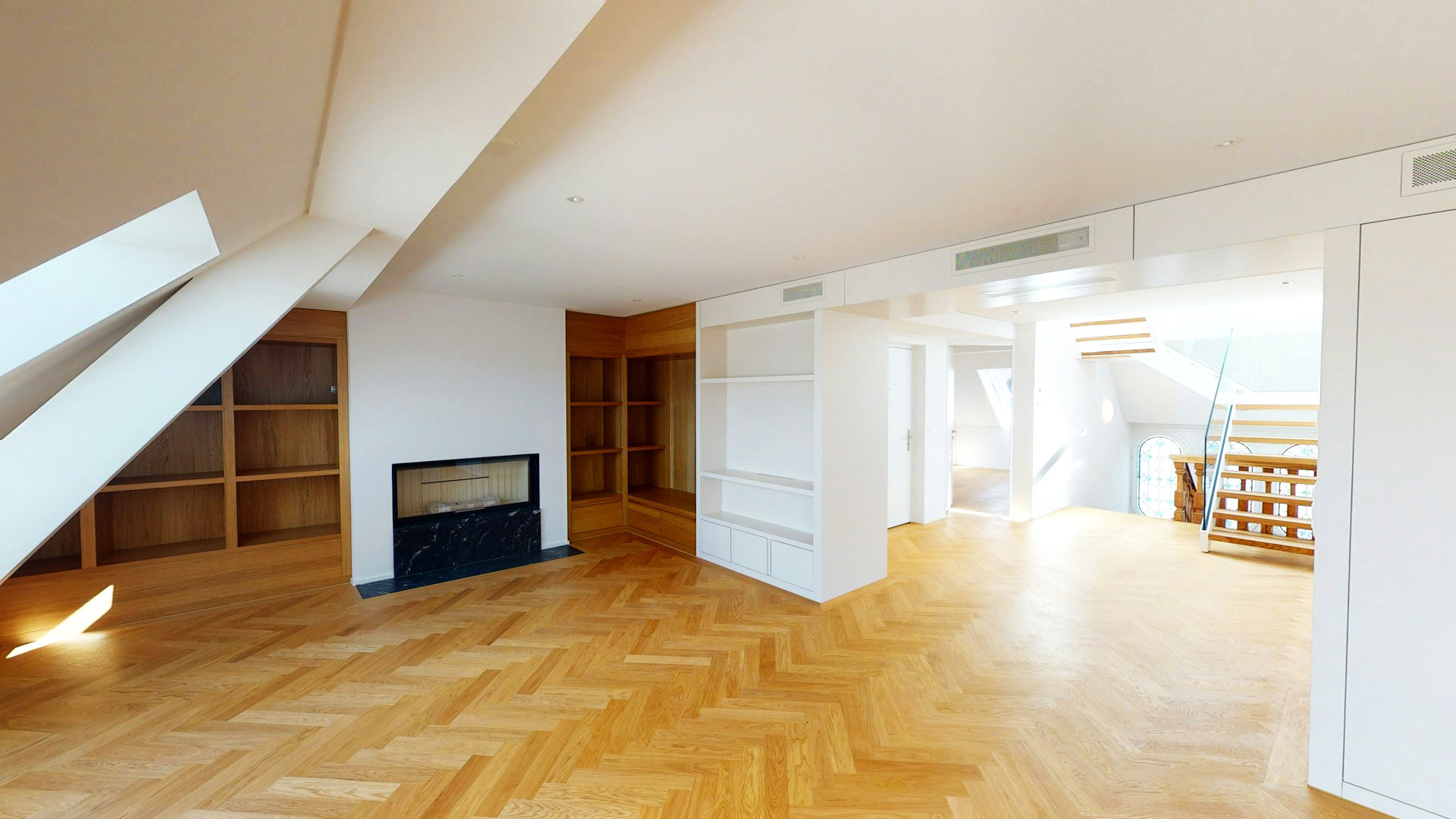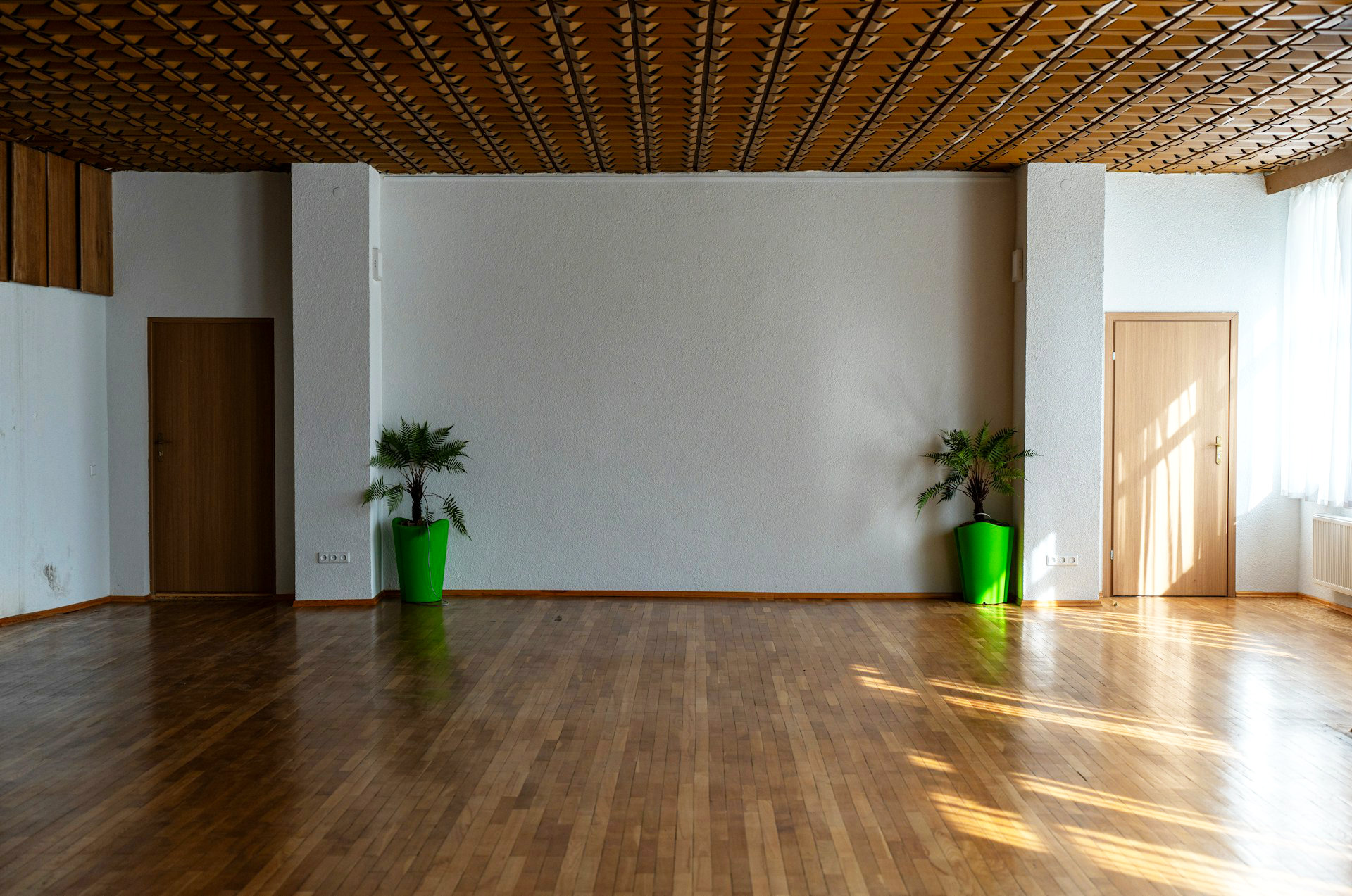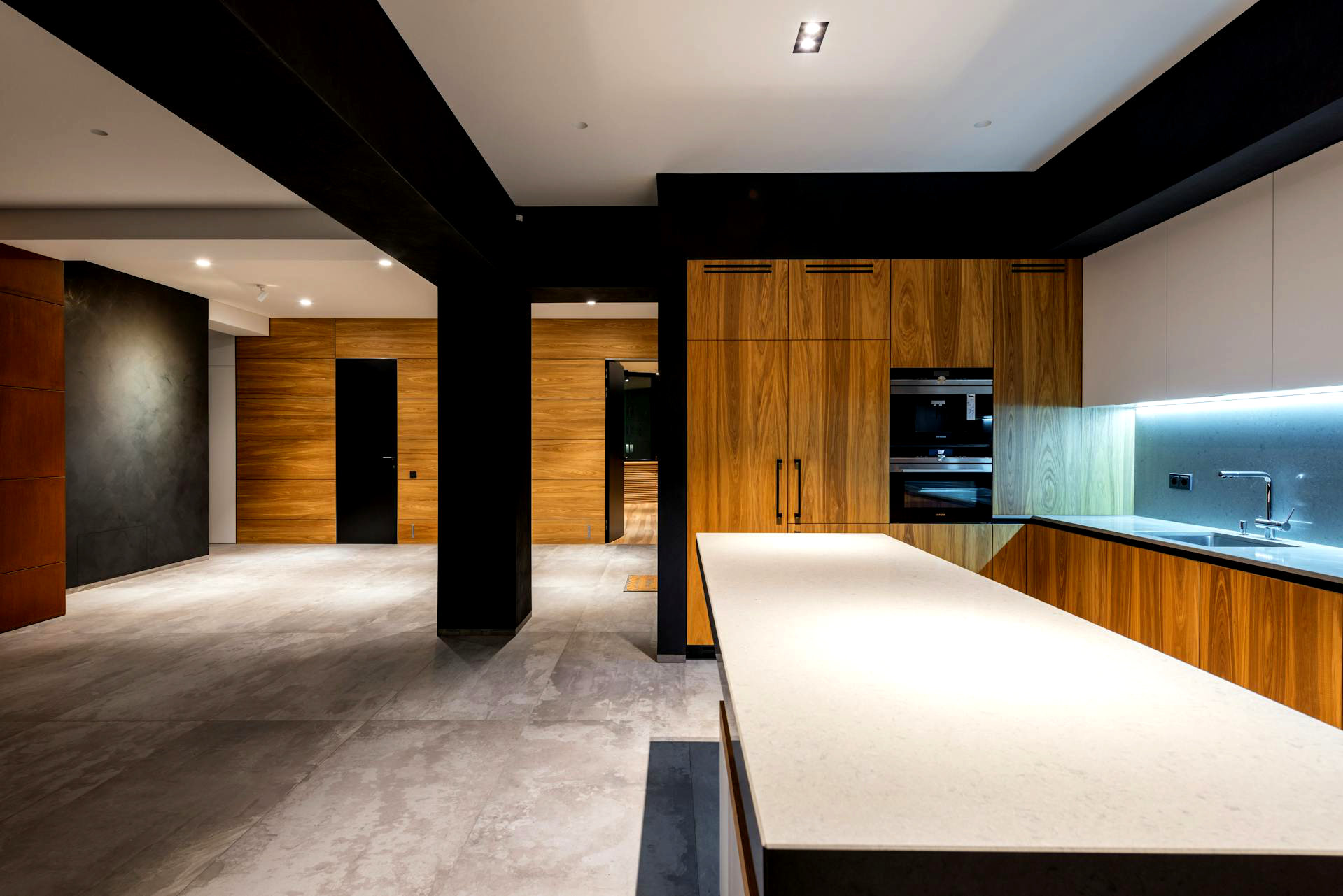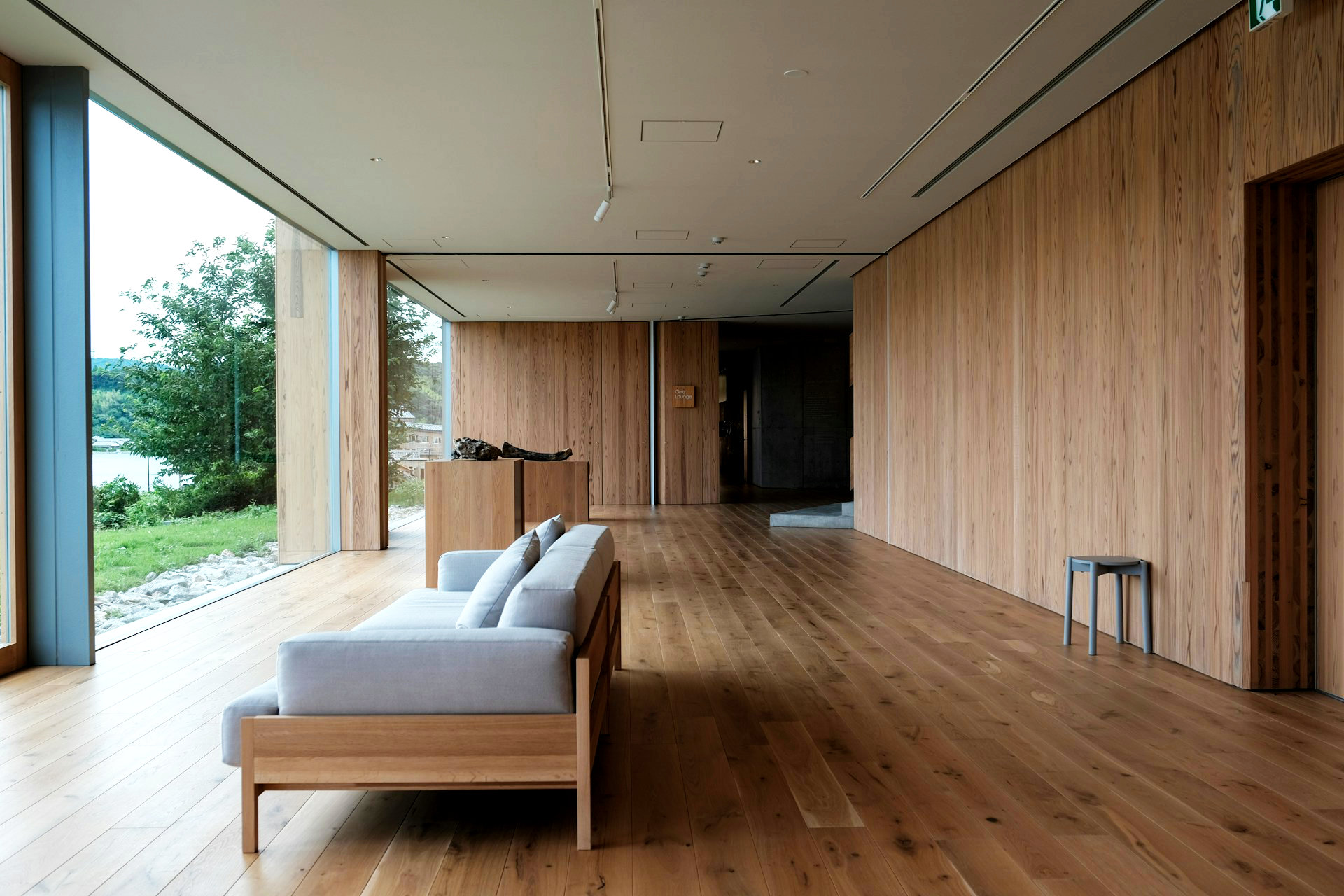When you’re investing in rental home, every decision impacts your bottom line, and few choices are as important as selecting the right flooring. The floors you choose will affect everything from tenant satisfaction and property value to maintenance costs and vacancy rates.
While attractive flooring can help you command higher rents and attract quality tenants, the wrong choice could lead to frequent repairs, costly replacements, and extended vacancy periods. Investors know that the best flooring isn’t necessarily the most expensive or trendy option, but rather the one that balances durability, appeal, and cost-effectiveness for your specific market and tenant base.
In this article, we’ll explore key factors to consider when selecting flooring for your investment property, from understanding your target tenants to choosing cost-effective options that maximize your return.
Consider Your Prospective Tenants

Understanding your target tenant demographic is perhaps the most critical factor in making smart flooring decisions for your property. Different tenant types bring varying lifestyle patterns, maintenance expectations, and durability requirements that should directly influence your material choices.
Young professionals might prioritize sleek, contemporary flooring that complements their modern furniture and busy schedules, while families may value comfort, safety, and easy cleanup capabilities. Pet owners represent another important consideration, as their flooring needs extend beyond basic durability to include scratch resistance, odor control, and materials that won’t trap allergens.
The expected traffic patterns and living habits of your ideal tenants should guide both material selection and finish choices. High-traffic areas will naturally require more robust flooring solutions, but the definition of “high-traffic” varies significantly between a single professional and a household with multiple occupants.
Additionally, consider your tenants’ likely maintenance capabilities and willingness to care for different flooring types. Some materials require regular specialized cleaning or periodic professional maintenance, which may not align with every tenant’s lifestyle or budget.
By carefully analyzing your target market’s preferences and living patterns, you can select flooring that not only withstands their daily routines but actually enhances their rental experience, leading to higher satisfaction, longer tenancies, and ultimately better returns on your investment.
Consider the Location and Size of Your Property
The location and dimensions of your property should heavily influence your flooring decisions, as these factors directly impact both tenant preferences and maintenance requirements. Properties in bustling urban areas or business districts typically attract professionals and busy individuals who prioritize convenience and low-maintenance living solutions.
These tenants often value flooring that looks great with minimal upkeep, making durable finishes and stain-resistant materials essential for maintaining your home’s appeal between cleanings. Size also plays a crucial role in flooring selection, particularly when it comes to color choices.
Lighter flooring tones can make compact apartments and smaller rooms appear more spacious and airy, which is especially valuable in competitive rental markets where every square foot counts. Conversely, larger properties can successfully accommodate darker flooring options that create a sense of warmth and sophistication without making spaces feel cramped.
The key is understanding how your target tenants will use the space and selecting flooring that enhances both the property’s natural attributes and the lifestyle your ideal renters are seeking.
Keep the Tones Neutral

When selecting flooring colors for investment properties, neutral tones offer the broadest market appeal and greatest flexibility for future tenants. While bold and dramatic flooring choices can create striking visual impact, they may also limit your tenant pool by appealing to specific tastes rather than the wider rental market.
Darker floors, though elegant, can make smaller spaces feel more enclosed and require more frequent cleaning to maintain their appearance, while extremely light or trendy colors may date quickly or show wear more readily. Neutral flooring tones provide a versatile foundation that allows tenants to personalize their space through furniture, artwork, and décor rather than being constrained by strong flooring statements.
These classic choices also photograph well for online listings and complement various design styles, from modern minimalist to traditional family settings. Perhaps most importantly, neutral flooring has lasting appeal that transcends seasonal trends, protecting your from looking outdated and ensuring your place remains competitive in the rental market for years to come.
Match Floors With Interior Design
Creating a cohesive design aesthetic throughout your rental property can significantly impact both rental rates and tenant retention, with flooring serving as the foundation that ties everything together. Today’s renters increasingly seek properties that feel thoughtfully designed rather than hastily assembled, and mismatched flooring can signal a lack of attention to detail that may justify lower rent expectations.
A well-coordinated interior where flooring complements wall colors, fixtures, and architectural features creates an elevated living experience that photographs beautifully for online listings and leaves lasting impressions during viewings. The key is developing a consistent design language that flows naturally from room to room while remaining flexible enough to appeal to diverse tenant preferences.
Consider how your flooring choices interact with existing elements like cabinetry, trim work, and lighting fixtures, ensuring these components work harmoniously rather than competing for attention. For instance, if you’re installing Jarrah floorboards, then you want to style your furniture and overall design to suit its rich, dark tones.
Properties with thoughtful design coordination often command premium rents and attract tenants who view the space as a reflection of their lifestyle, leading to longer lease terms and better care. This design-conscious approach transforms your investment from a basic rental unit into a desirable living space that stands out in competitive markets.
Flooring Recommendations by Property Type

Different rental markets require different flooring strategies, and understanding your property’s position in the market is crucial for making smart material choices. The flooring that works perfectly in luxury downtown condos will likely be overkill for budget student housing, while economy options may actually hurt your rental income in upscale neighborhoods.
Your target tenant demographic, local rental rates, and property location should all influence your flooring decisions. Here’s how to match your flooring investment to your property type for optimal returns:
Budget Rentals/Student Housing
When managing budget rentals and student housing, your flooring strategy should prioritize affordability and practicality over premium aesthetics. These properties typically experience higher tenant turnover, making cost-effective replacements and maintenance crucial to your investment returns.
Luxury Vinyl Plank (LVP) offers excellent durability and water resistance while maintaining an attractive appearance that appeals to cost-conscious renters. Laminate flooring provides a wood-look aesthetic at a fraction of the cost of real hardwood, though selecting mid-grade options ensures better longevity and visual appeal.
Carpet remains a viable choice for bedrooms where comfort is prioritized, and choosing stain-resistant, neutral colors helps maintain a fresh appearance between tenancies. The key is balancing initial investment with replacement frequency to optimize your long-term profitability.
Mid-range Family Rentals
Mid-range family rentals represent the backbone of many rental portfolios, attracting stable tenants who value both practicality and comfort in their living spaces. A strategic mixed flooring approach maximizes both functionality and appeal while staying within reasonable budget parameters.
LVP in high-traffic areas like kitchens, hallways, and main living spaces provides superior durability against daily wear while offering water resistance and easy maintenance. Carpet in bedrooms creates a comfortable, homey atmosphere that appeals to families seeking long-term rental stability.
This combination allows landlords to invest more in areas that receive the heaviest use while providing comfort where tenants spend their quieter moments. The mixed approach also offers flexibility in maintenance scheduling and replacement costs over time.
High-end Investment Properties

Luxury rental properties demand premium finishes that justify higher rental rates and attract discerning tenants willing to pay for quality. The flooring in these properties serves as a foundation for the entire luxury experience, influencing both rental rates and tenant retention.
Engineered hardwood in main living areas provides the sophisticated aesthetic that luxury tenants expect while offering superior stability compared to solid hardwood in varying environmental conditions.
Premium tile selections in bathrooms and kitchens should complement high-end fixtures and finishes, creating a cohesive luxury experience throughout the property. These material investments typically yield returns through higher monthly rents, longer lease terms, and tenants who maintain the property to higher standards.
The key is selecting materials that photograph well for marketing while providing the durability needed for rental applications.
Cost-Saving Tips for Landlords
Managing flooring expenses across rental properties can be challenging, but there are several proven strategies to maximize your investment while maintaining quality standards. Purchasing materials in bulk when you own multiple units can yield significant discounts from suppliers, and coordinating renovations across properties allows you to negotiate better rates with contractors who appreciate larger projects.
Strategic mixing of flooring types within individual units (such as using durable LVP instead of timber floorboards in the kitchen while installing more affordable carpet in bedrooms) can dramatically reduce costs without compromising tenant appeal.
However, the biggest mistake landlords make is focusing solely on material costs rather than calculating the total cost of ownership, which includes installation labor, future maintenance requirements, and expected replacement timelines. A slightly more expensive flooring option that lasts twice as long and requires minimal maintenance proves more economical than cheaper alternatives that need frequent attention.
Additionally, building relationships with reliable flooring contractors and suppliers like Abacus Flooring can lead to preferential pricing, faster service during tenant turnovers, and valuable advice on which products perform best in rental applications.
Professional Floor Restoration for Investment Properties
Even the best flooring choices will eventually need professional attention to maintain their appeal and protect your investment returns. Regular maintenance and timely restoration can extend the life of your floors significantly, potentially saving thousands in premature replacement costs while keeping your properties competitive in the rental market.
When your timber floors are showing signs of wear or you’re preparing a property for new tenants, professional floor sanding and polishing can transform tired-looking surfaces into stunning features that command higher rents. At Abacus Flooring, our expert team specializes in revitalizing timber floors for Sydney investment properties, using proven techniques and quality finishes that enhance both the appearance and durability of your flooring investment.


